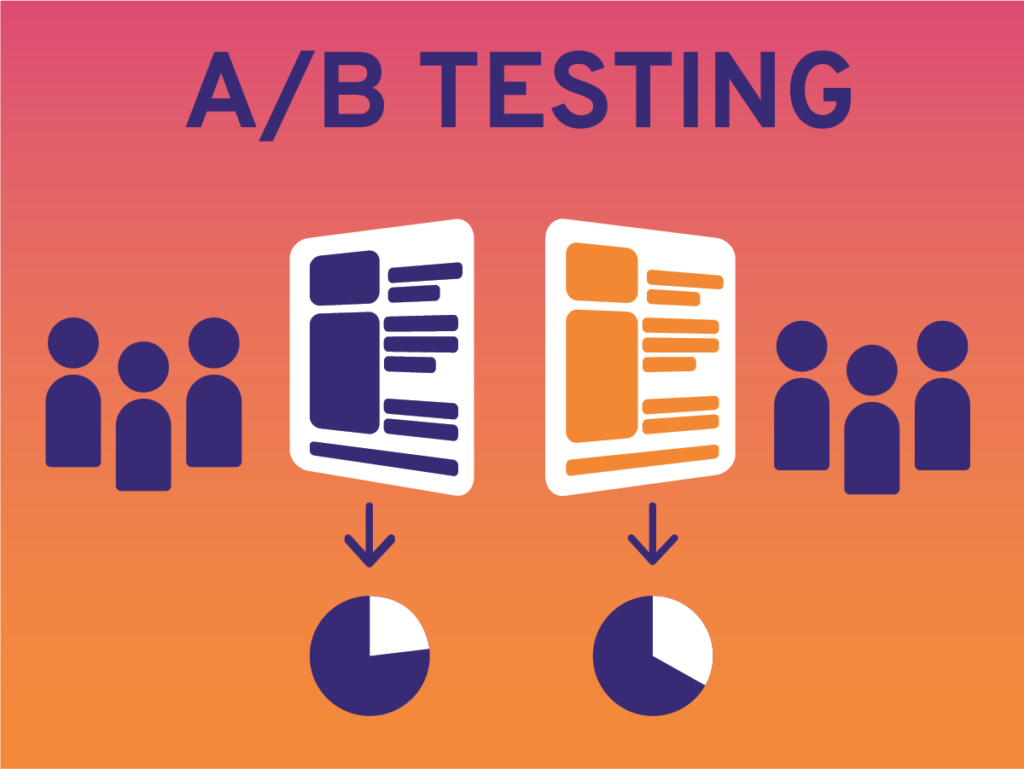When it comes to your business, it is essential to identify a target market. The more you know about your potential customers, the easier it will be to create marketing materials that speak to them directly. So how do you go about finding this information? There are a number of different methods, each with its own benefits. Keep reading for a rundown of the most popular approaches.
1. Define Your Target Market
It’s important to know your target audience through and through. This can be defined by factors such as age, gender, interests, and even location. However, one of the most important factors to consider is cultural background.
With the world becoming increasingly globalized, it’s important to reach a multicultural audience. According to the 2020 Census Report, the multiracial population grew by 276% between 2010 and 2020. In these 10 years, it jumped from 9 million people to 33.8 million people in the US alone.
This means understanding the customs and traditions of different cultures and tailoring your marketing strategy accordingly. By taking the time to define your target market, you can ensure that your marketing efforts are more successful, effective, and on point.
2. Research Your Target Market
Target market research requires a professional approach and, above all, a data-driven one. It’s all about accurately portraying your buyer personas. In order to do that, you need to segment your market data and find what these buyers share in common. Find the common denominator in wants, needs, and demographic data.
Research WHO Buys Your Product or a Service
The data you will need to collect and analyze will give you the basic picture of your buyer persona. If you want to build a strong diversity marketing agency, the most important information you should focus on includes:
- Age,
- Gender,
- Ethnicity,
- Religion,
- Education,
- Occupation,
- Income,
- Marital Status,
- Location.

Research WHY They Buy Your Product or a Service
What motivates your buyers, and what pain points are they facing? Is your product or service giving them the solution? Finding the answers to these questions will require focus groups, guided conversations, and researching your ideal consumers’ social, cultural, and psychological factors. Understand what drives your target market, how to build trust and credibility in that multicultural market, and then adapt your strategy based on your research.
Identify WHERE Your Target Market Spends Time and Money
Also called behavioral segmentation, this type of research will give you insight into your buyer’s persona and how they interact with brands, where they spend their time and money, and what sort of purchasing and spending habits they’re exhibiting.
3. Tailor Your Marketing Efforts to Reach Your Target Market
Adapt, evolve, and thrive instead of surviving. Once you delve deep into figuring out who your ideal consumers are and what drives them, you can tailor your strategy and align it with factors influencing purchasing decisions. Take the time to make this shift carefully to save you from headaches later.
4. Refine Your Target Market Data
Data Always Changes. Market Research isn’t something you need to do once and then never again. People age, habits change, external factors influence trends, and who your ideal customer was yesterday may not be who it is today. You could be losing a lot by not staying current on your buyer personas. Don’t be afraid to shift to other consumer markets but make the switch carefully.
5. Measure the Success of Your Marketing Efforts
Vanity metrics are all the metrics that look good on paper but don’t actually translate to sales. For example, if you check analytics data and see there’s an increase in website visits, but the sales are the same or declining, that means that something is happening on your channels that’s stopping the users from purchasing your product or service.
Set measurable KPIs and skip the vanity metrics. You need to know exactly how your campaigns are performing and, more importantly – why. When you know the Whys, you can refocus, implement the golden formula and increase your bottom line.
6. Optimize Your Campaigns
Determining what’s driving the success of marketing campaigns will lead you directly to a step that many professionals often don’t include in their process. That’s optimizing the existing campaigns. Even if campaigns bring results and work well doesn’t mean they can’t be better, and you can only disrupt the barrier by tinkering and testing them.

You can test campaigns with the following methods:
- A/B Testing,
- Multivariate Testing,
- User Experience Testing,
- Focus Groups,
- Expert Campaign Review,
- Reviewing Deep Analytics Data.
7. Learn From Failures – Preferably Not Your Own
Making a mistake in multicultural marketing strategies can lead to abysmal drops in profit, tarred reputation, and even to you being canceled. Big companies like Pepsi and Dior can afford to make mistakes – they will survive. Can it be said the same for your company?
The Dolce & Gabbana Ad
Let’s take Dolce & Gabbana as an example. They have run an ad that was probably ideated as light and funny by their marketing team, but in reality, it shifted the consumer market considerably. In 2018, D&G ran a campaign for the Asian market portraying a Chinese woman clumsily eating Italian food and struggling with chopsticks. They received a huge backlash for disrespecting Chinese women and Chinese culture.
It immediately led to eCommerce retailers stopping the sale of Dolce and Gabbana’s products. Even though many multicultural blunders subside in time and some brands recover successfully, D&G is still paying for this years later.
To put that in perspective, D&G in 2016 and 2017 had 30% of their 1.3 billion dollar earnings thanks to the Asian market. Something that started as a lighthearted campaign impacted the entire market, which shrank and caused D&G to lose 98% of its Asian consumers.
How to Prevent Making Multicultural Marketing Mistakes?
If Dolce & Gabbana had run focus groups and paid more attention to the cultural differences between their consumer markets, the ad wouldn’t have passed the local testing. Companies often skip this step, whether from ignorance or budgeting reasons, but as seen, the end results can end up in disaster.

Let’s Summarize
The best way to identify a target market is by taking the time to properly define it, research it thoroughly and align the strategies with your brand. If you need help with market research and identifying your multicultural target market, get in touch with us today, and let’s start this guided journey today.
With our assistance, you won’t have to worry about falling for the most common mistakes in diversity marketing, allowing you to create strong campaigns and propel your brand to new heights.



